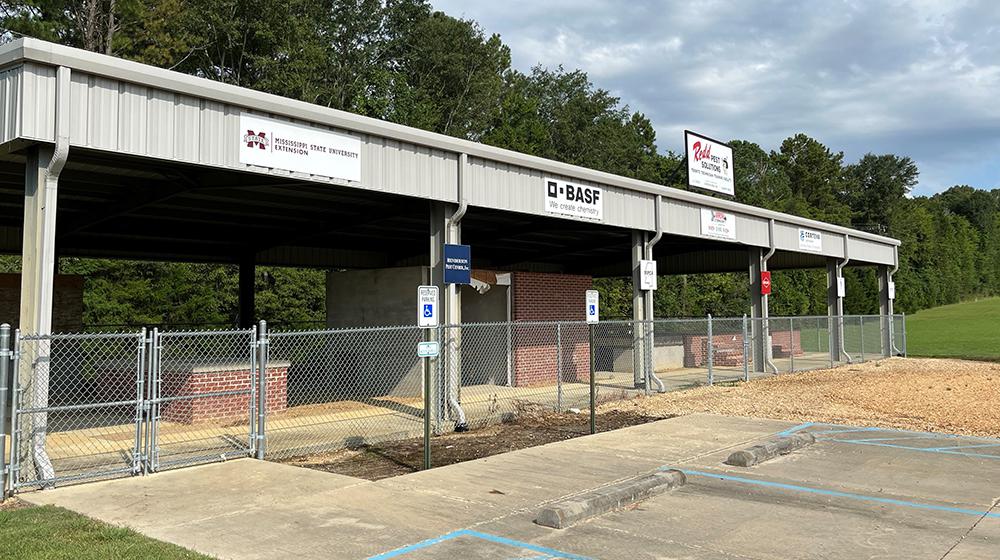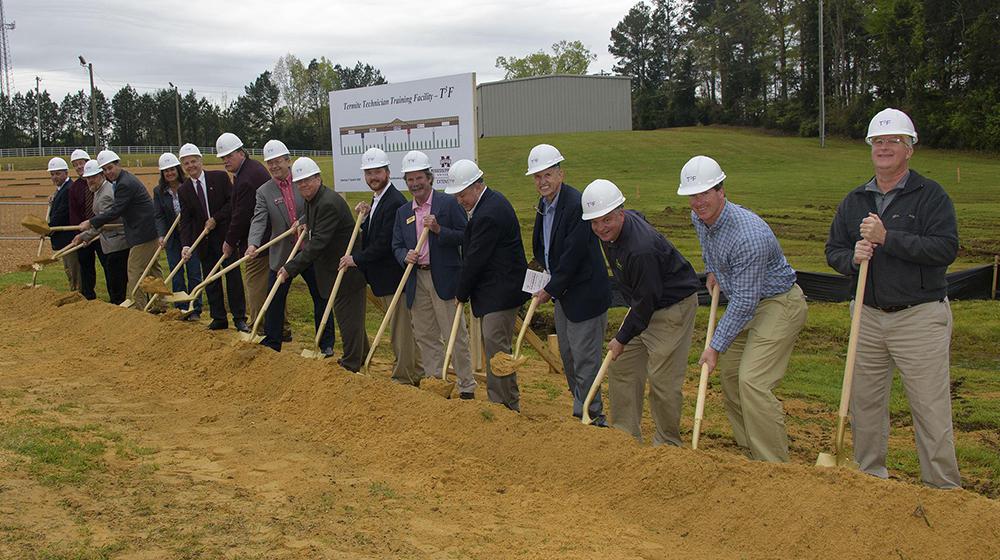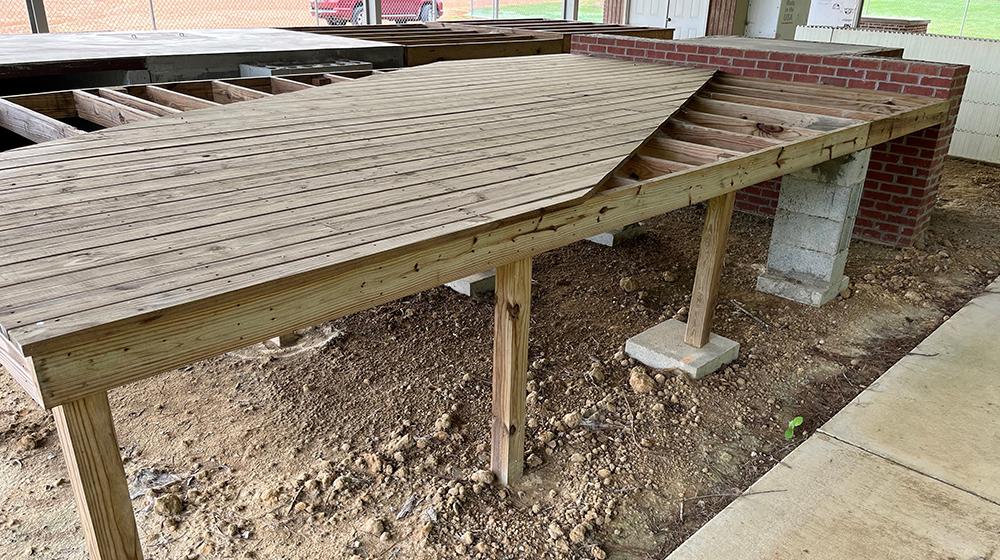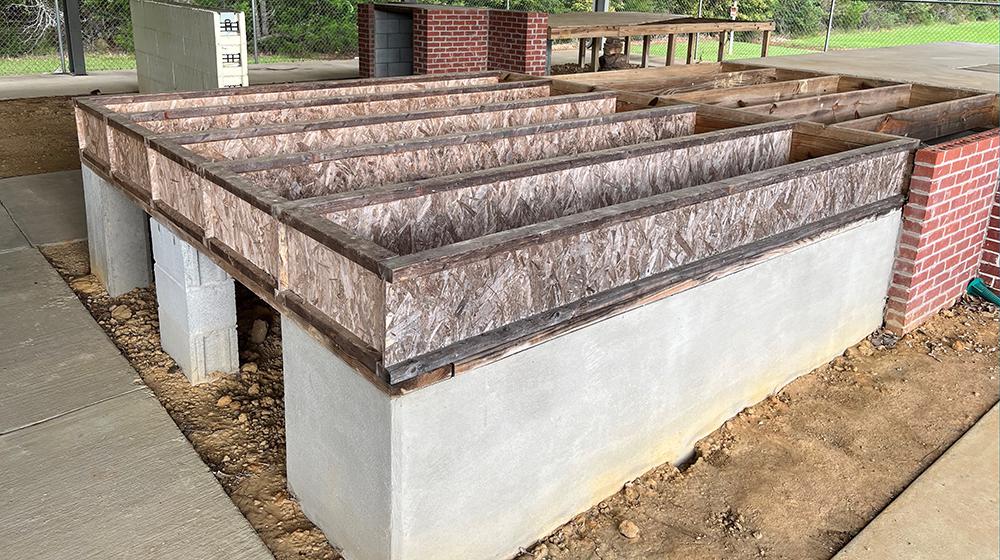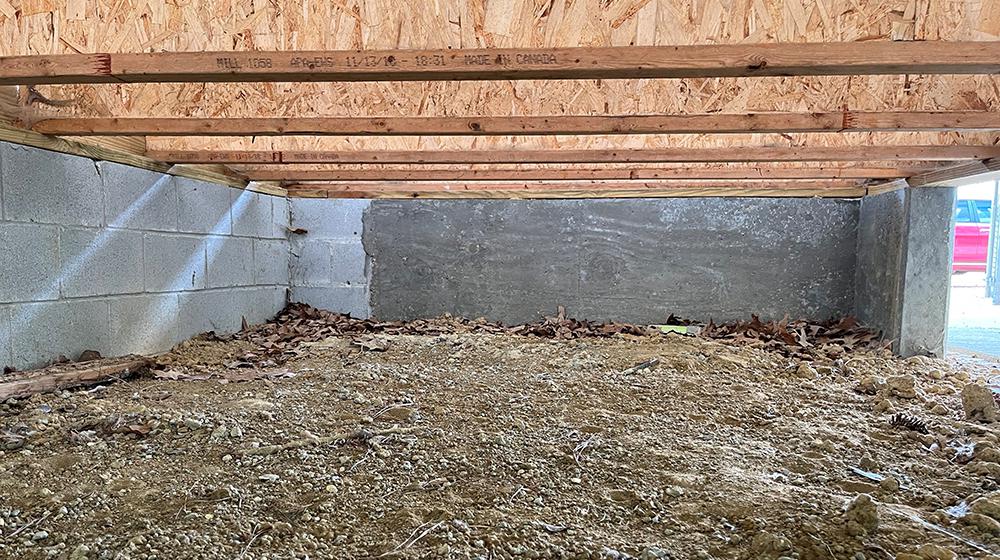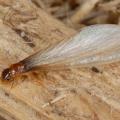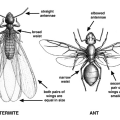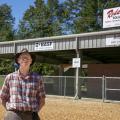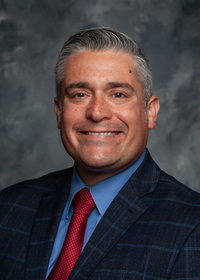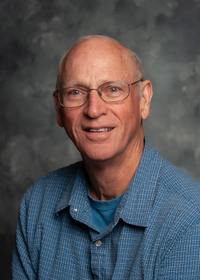Redd Termite Technician Training Facility
Overview
The Redd Termite Technician Training Facility is located on the grounds of the Mississippi Horse Park in Starkville, Mississippi. It is owned and maintained by the Mississippi State University Extension Service. This facility serves as the premier hands-on training facility for termite management professionals in Mississippi and is among the top termite training facilities in the Midsouth region.
Termite University, held three times a year by the MSU Extension Urban Entomology Program, uses this facility to provide participants with a better understanding of how homes and businesses are constructed. By better understanding how subterranean termites can potentially enter a structure, they learn how to provide a better service to their customers in Mississippi and throughout the Midsouth.
History

The Termite Technician Training Facility was originally envisioned as a joint effort of the Mississippi Pest Control Association and the MSU Extension Urban Pest Management Program, with the goal of being able to offer more extensive training to the Mississippi pest control industry through the program that is now known as Termite University. Although much of Termite University involves classroom training, there is also a critical need for a physical facility with appropriately designed stations to be able to provide hands-on training.
In the summer of 2015, MPCA then-president Richard Linley approached MSU Extension Director Gary Jackson about establishing a physical training facility to support the Termite University training. Because of his training and background as a landscape architect, Gene Merkl, pesticide applicator certification program manager, was asked to work with Dr. Blake Layton, Extension specialist for the Urban Pest Management Program, to develop plans for the various stations and coordinate fundraising and construction of the facility.
In August of 2018, Redd Pest Solutions of Gulfport, Mississippi, came forward as the naming donor for the facility, now known as the Redd Pest Solutions Termite Technician Training Facility.
Industry and private donations of more than $250,000 made the facility a reality. Groundbreaking was held on April 6, 2018. The facility was officially opened with a ribbon-cutting ceremony on November 13, 2019. The inaugural Termite University was launched by Dr. Blake Layton with a team of presenters in September 2019. Since then, more than 340 have completed the Termite University training.
Facilities
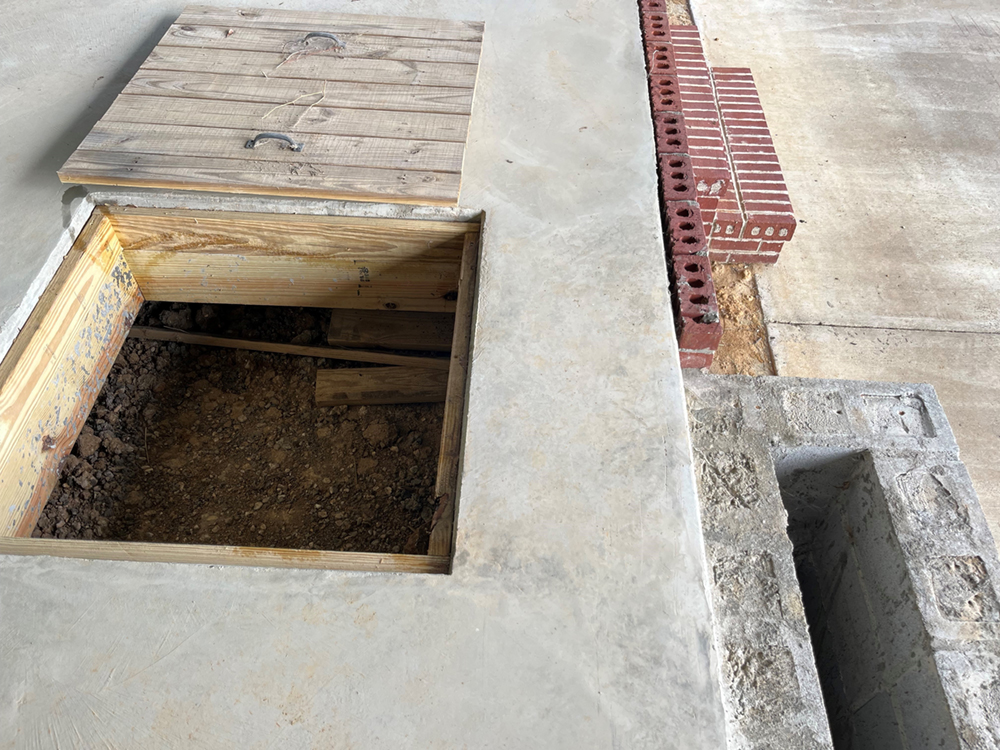
Photo by J. Santos Portugal III, PhD, BCE
This 5,000-square-foot, covered training facility uses 11 stations to provide trainees with an “X-ray” view of what sits under a floor or behind a wall. An array of different construction approaches are displayed—ranging from insulated concrete form (ICF) to hollow block CMU (concrete masonry unit) behind brick facade. Interactive components, including a 3-by-3-foot lift-out panel to access settled fill beneath a raised slab, as well as two horizontal clear panels covering a 3-foot-high filled porch for foam treatment demonstrations, serve to enrich the training experience. Participants will also be exposed to multiple, real-life construction features such as decking wood posts in soil, chimneys, and portable building pier foundations, and will discuss how to inspect and treat for termites.
Plans are in the works for two additional stations to be constructed. One station will incorporate a hands-on training opportunity to install in-ground and above-ground termite bait stations. The other station will allow participants to gain hands-on experience drilling through a concrete slab, injecting a soil treatment, drilling horizontally through both open and filled CMU, and patching holes after treatment. Future plans include a display representing the difficulties associated with spray foam insulation and inspecting for termite activity.
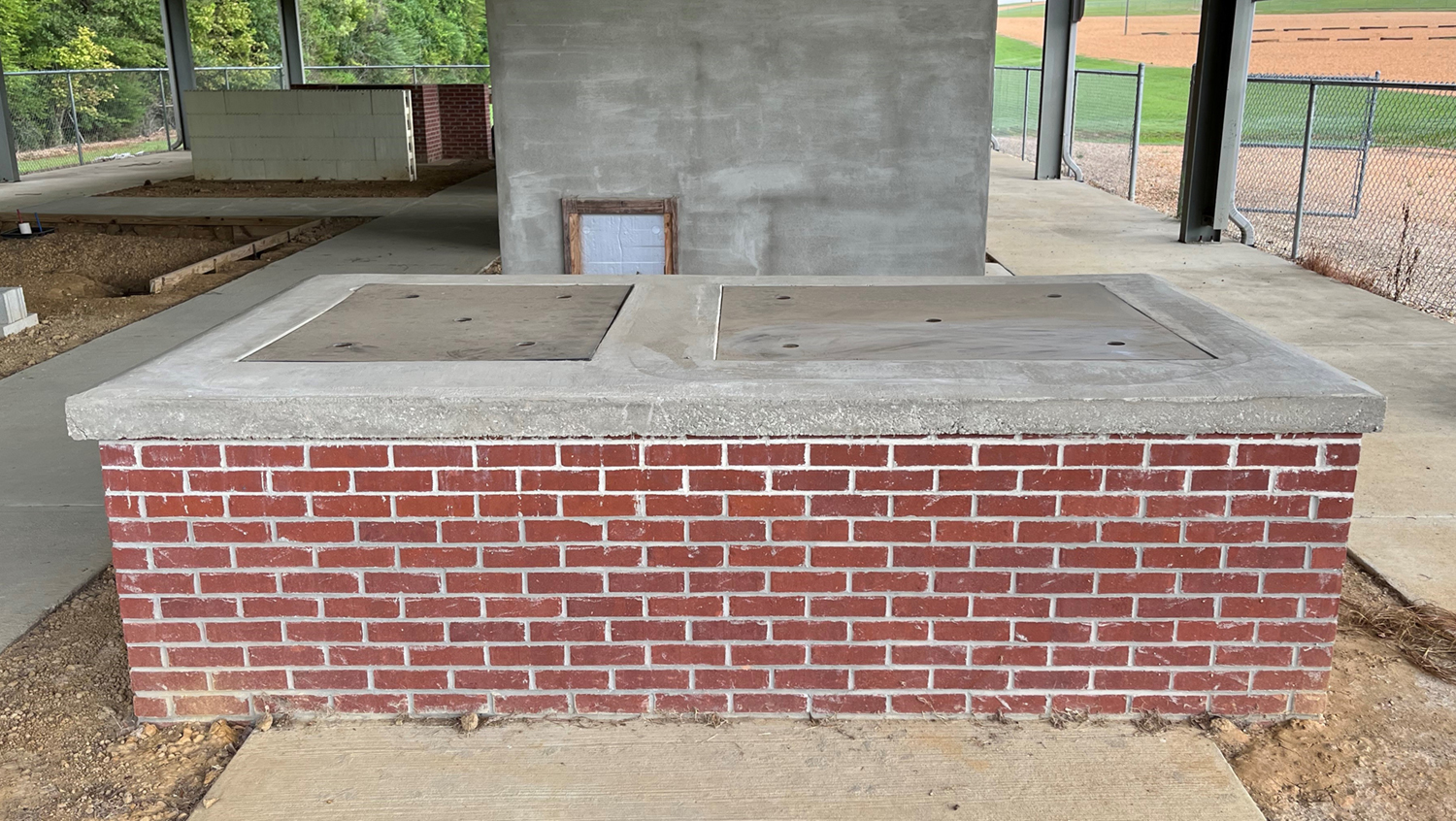
Photo by J. Santos Portugal III, PhD, BCE
Direct questions about the Redd Termite Technician Training Facility, as well as requests to reserve the facility for internal company trainings, to:
J. Santos Portugal III, PhD, BCE
Assistant Extension Professor of Urban Entomology
sportugal@entomology.msstate.edu
(662) 325-0972
Links
Termite University | Mississippi State University Extension Service
Termites | Mississippi State University Extension Service
Redd Pest Control Dedicates MSU Termite Technician Training Facility | Pest Control Technology
Redd Pest Control Donates to Termite Training Facility | Pest Control Technology
MSU Breaks Ground on Termite Technician Training Facility | Pest Control Technology
Redd family donates to MSU facility | Pest Management Professional
Publications
News
Invasive Formosan subterranean termites were first found in the state 40 years ago, and soon, these dangerous pests will swarm and threaten unprotected structures in about one-third of Mississippi’s counties.
Santos Portugal, Mississippi State University Extension Service urban entomologist, said Formosan termites typically swarm in the millions from early May to early June. They have the ability to infest and significantly damage structures much more quickly than native subterranean termites.
House and building owners must be on high alert each spring as structures face dangerous attacks by swarms of both native and introduced termite species.
Native, subterranean termite species have started swarming in late February in South Mississippi to early March in more northern areas. The non-native, invasive and very damaging Formosan subterranean termite begins swarming in some parts of Mississippi in May.
The word “termite” strikes fear in the hearts of homeowners because this insect is the most economically damaging pest in Mississippi, is very common and requires constant vigilance. Blake Layton, entomologist with the Mississippi State University Extension Service, said the cost of termites is so large that it is hard to pin down.
Success Stories
A dream of the Mississippi Pest Control Association and the Mississippi State University Extension Service is coming true after more than 20 years, thanks to a generous donation by one of Mississippi’s oldest pest-control companies.

